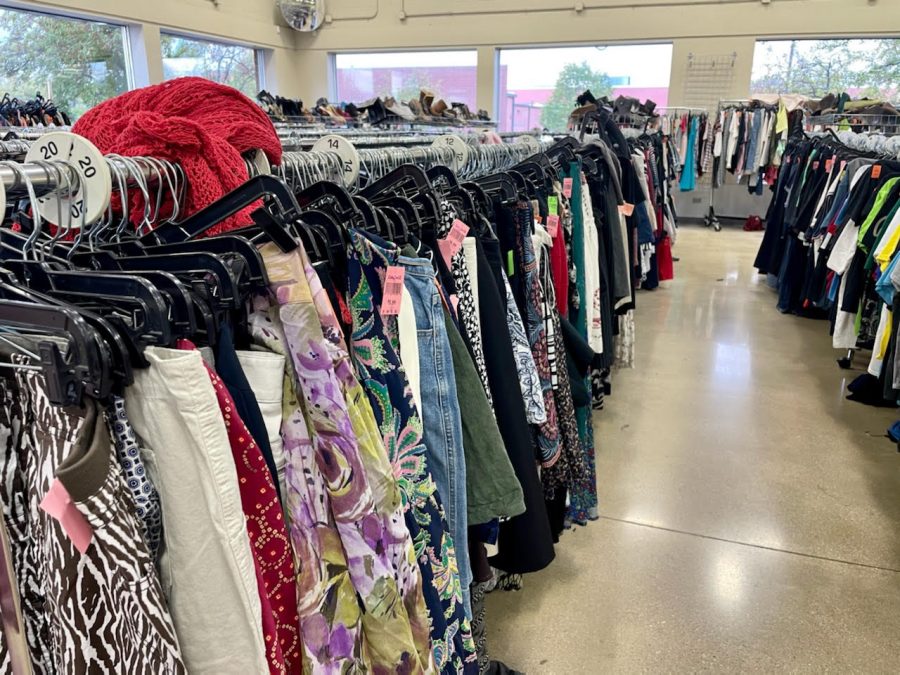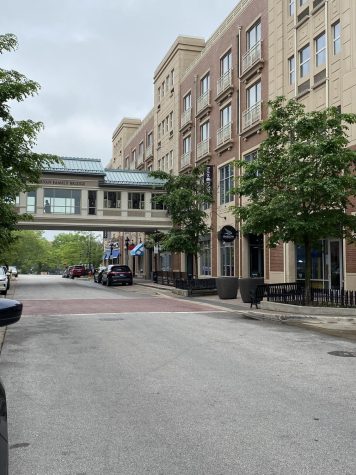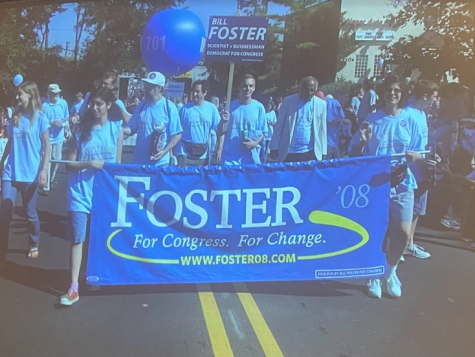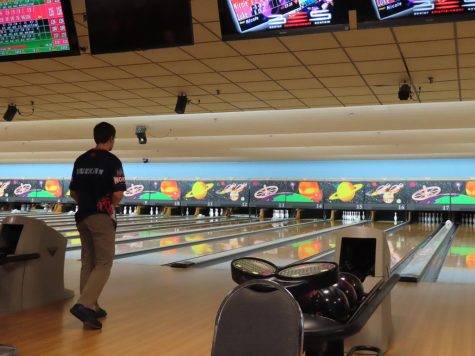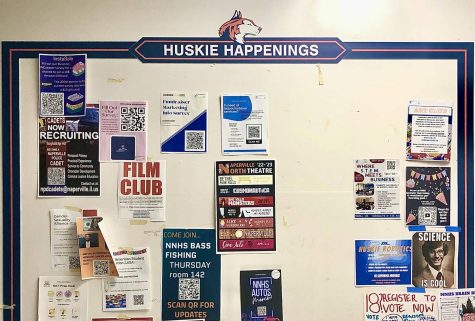Why Naperville North students are shopping sustainably
Photo by Grace Aigner
An aisle of used clothes at the Naperville Goodwill location
It’s no question that the climate crisis has only ramped up in urgency over the past decade, and one of its biggest contributors is the fashion industry. In the U.S., about 85% of clothing waste goes to landfills. That percentage is primarily due to the dominance that the fast fashion industry has over clothing consumption, especially among young consumers, and Naperville North students are no exception to the contribution to fast fashion.
Social media plays a big role in young consumers’ exposure to advertisements from companies that use fast fashion. The ads grab students’ attention with their appeal of showcasing trendy clothes for cheap. Naperville North freshman Campbell Metzger noted how hard it is to avoid the content.
“It’s something that’s highly promoted. You’re seeing it everywhere on social media so it’s hard [to avoid],” Metzger said.
Despite the persistent grip fast fashion has on clothing consumption, many teens have started the habit of buying secondhand clothes as a means of cutting down on their individual clothing waste. Some, like Metzger and Sam Falkman, an NNHS junior, have been “thrifting” since middle school. Popular nearby locations include Goodwill, Salvation Army and Plato’s Closet. As a teenager on a low budget, the affordability of buying second hand is a no-brainer for Falkman. She considers it to be a no-waste way of buying something new without breaking the bank.
“I just don’t want to spend thirty dollars on a swimsuit when I can get it for five dollars at Goodwill,” Falkman explained.
The convenience of thrifting, as opposed to other methods of sustainable shopping, is another significant draw for teens. While shopping sustainably has become an increasingly popular topic, it can be difficult for teenagers to find their footing as responsible and independent consumers. Metzger knows the importance of sustainability, and thinks that thrifting is an easy way for younger generations to be more sustainable.
“I think it’s important and I think it’s something that I can do, so I’m going to try to do it,” Metzger said.
Much like Metzger, Anna Bolla, a dedicated second hand shopper and Naperville North junior, not only values the practice of sustainability, but finds spending time at Goodwill to be a form of self care.
“When I need to clear my head or think about something or have a chill day, going to the bins is relaxing for me. It’s like therapy,” Bolla said.
Second hand shopping is not only limited to visiting stores in person. Apps like Poshmark, Mercari and Ebay present the option of virtual thrifting, which gained momentum during the pandemic. Naperville North junior Jacob Ricard says Mercari, which happens to be the platform where he purchased his favorite shirt, is his go-to app because of its straightforward setup.
“[Mercari] always [has] the biggest selection and it’s really easy to navigate all of it. You can select the size and it’s just really convenient,” Ricard explained.
In addition to the convenience and affordability, many young shoppers are attracted to the “vintage” aesthetic currently prevalent in fashion trends. This aesthetic is authentically found at thrift stores, where the merchandise might have been worn by someone who lived through a past trend. For Ricard, buying second hand is not only about the aesthetic, but about reviving the meaning of a piece.
“I definitely think it’s cool that you can repurpose a shirt and bring it back to life and give it another meaning,” Ricard said.

Grace is a senior at Naperville North this year and so excited to be returning to The North Star! She is looking forward to continuing to improve and refine...

